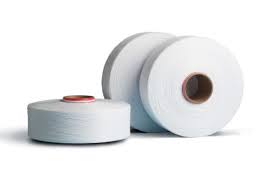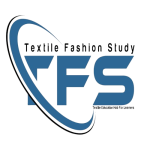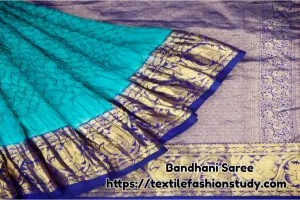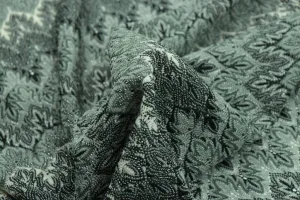Table of Contents
Spandex Fiber
Spandex is an elastomeric fiber. Therefore, this elastomeric material comes from elastics and polymers. Spandex is called elastomeric fiber because it comes from an elastomer polymer. Basically, it is made up of a long-chain polyglycol combined with a short di-isocyanate and contains at least 85% polyurethane in chemical structure. Spandex is elastic as rubber. Its elasticity property is higher than all textile fibers. However, it could be elastic 5 to 7 times its original length. But when it’s released from a turn then it recovers its original length.

Types of Spandex Yarn
The following are the classifications of spandex yarn. They are-
- Bare yarn.
- Covered yarn.
- Core spun yarn.
- Blend spun yarn.
Physical Properties of Spandex Fiber
The following are the physical properties of spandex. They are-
- Tenacity: 0.7 gm/den
- Density: 1.21 – 1.35 gm/c.c
- Elongation at break: 400 – 700%
- Elasticity: Excellent
- Moisture Regain (MR%): 0.6%
- Resiliency: Very good
- Ability to protest friction: Excellent
- Color: White or near white
- Ability to protest heat: Not good
- Luster: Less bright
Chemical Properties of Spandex Fiber
The following are the chemical properties of spandex. They are-
- Acids: It has preventive power against all the acidic action.
- Basic: Hot alkali damages the spandex filament.
- Effect of bleaching: The bleaching agent damages the fiber and it becomes weak.
- Protection ability Organic solvent: Good
- Protection ability light: Very good
- Protection ability against mildew: Good
- Protection ability against insects: It does not affects by insects.
- Dyes: Disperse dyes, Acid dye is suitable to dye spandex filament.
Uses of Spandex Fiber
Spandex is a 100% synthetic fiber also it is very light in weight. It is indeed used for making different types of light apparel indeed. Especially this fiber is used to produce different types of underwear for women by mixing with cotton or other fibers. Industrially, spandex is also called lycra. Hence, the amount of Lycra determines the elasticity of that apparel.
Spandex filament is also used to produce stretch fabrics. In knit product production, lycra is a popular word. Spandex is used to increase the elastic property of the fabric. Day by day, the use of spandex increases rapidly.
So, keep eye on spandex and try to combine spandex with other fibers to produce suitable textile products.






3 comments
Fred Wynegar
The fabric must be deconstructed and the length and weight of several pieces of spandex used to calculate the denier. This is easily done if the spandex has not been heat set. If the spandex has been heat set, weigh a piece of the fabric and then remove either fiber and weigh again. From this information, you can calculate a percentage of spandex by weight.
From the percentage of spandex, an approximate denier can be calculated.
Most weft knitting processes us a draft of 2.0 to 3.0. Draft is the ratio of hard yarn to spandex. A draft of 1 (1:1 ratio) is no elongation at all. The hard yarn and spandex are run into the fabric in the same amounts. This is not a practical draft.
A draft of 2 is 100% spandex elongation. A draft of 3 is 200% spandex elongation, etc.
Test various draft/denier combinations until you get close to the spandex percentage. This should give you an acceptable fabric.
samdani
good gain this blog.
thank you.
NOOR halim
How calculate lycra denier in a piece of fabric to produce same quality. As I have fabric but no information about its denier? What type of denier has been used so for?